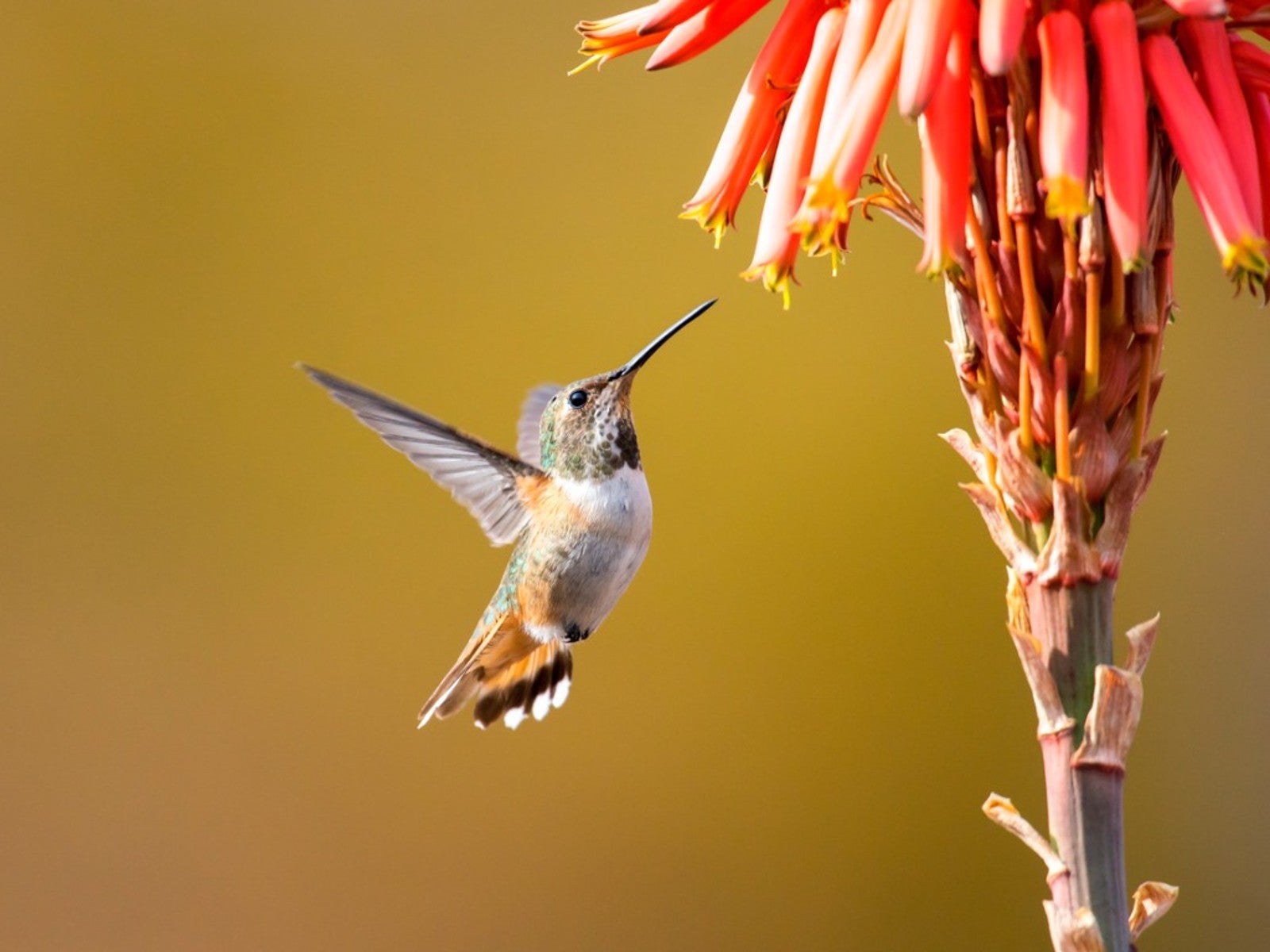Pollinator Plants For Nevada And California Bees


Pollination is one of the motors of nature’s plant population, and, for centuries, the gardening community has appreciated the critical importance of pollinators. In California, "pollinators” means California native bees, of course, (bees are the most prolific pollinators), but also butterflies, flies, beetles and wasps, among many others. Note that there are a number of different types of bees in California, including bumble bees, long-horned bees, sweat bees, striped bees, furrow bees and mining bees. All are native pollinators.
Without pollinators, humans would have many fewer species of plants to feed us. In fact, it is not an exaggeration to say that the human race requires pollinators if we are to survive. And for pollinators to survive, they need plants.
As gardeners in the West, we can facilitate this important relationship by devoting space in our gardens for California native pollinator plants. Nothing will please California native pollinators more than the presence of these familiar plants.
What Are Native Pollinator Plants?
Pollinators are birds, insects or animals, so they need food on a regular basis. Most insect pollinators use flower nectar and pollen as food and plants as hosts for eggs. As more native meadows are lost as cities expand, it makes life hard for important pollinators. If they cannot find the requisite plants, their populations die off and they risk extinction.
Pollinator plants are plants that attract pollinators. Native pollinator plants for the West are plants that have been growing in California and Nevada for centuries and have adapted well to the climate. These are plants with nectar or pollen that meet the needs of bees and butterflies.
California Native Plants for Pollinators
Which plants are best for pollinators? Native plants win hands down. They are the plants that have become familiar to native pollinator species over centuries.
Most of these pollinator plants have large compound inflorescences of tiny flowers. The blossoms attract a wide range of small bees, flies, beetles, wasps and other pollinators. Most of them grow best in average soil in a full sun location. If you pick native plants to install in the garden, they will require less water and care than exotics and provide pollinators with food as well.
Gardening tips, videos, info and more delivered right to your inbox!
Sign up for the Gardening Know How newsletter today and receive a free copy of our e-book "How to Grow Delicious Tomatoes".
Great Native Pollinator Plants for the West
There are hundreds of Nevada and California pollinator plants from which to select for a pollinator garden. Milkweed might be the most well-known pollinator plants, and it is an essential plant for the beautiful, endangered Monarch species of butterfly. California's native milkweed is narrow-leaved milkweed, with slender, 5-inch (12.7 cm.) leaves and a five-inch flower cluster. It thrives near the coast and is often covered with monarch caterpillars in summer. Plant them in full sun, water well the first month, then leave them on their own.
Blue mountain lilac is another good choice for native pollinators. The 'Skylark' form of Ceanothus is a California native lilac cultivar with very dark green leaves and a mounding habit. This evergreen is covered with dark blue flowers in late spring to summer, attracting all types of native bees. Ceanothus is another water-wise and maintenance free native shrub.
California buckwheat is another native evergreen with pink flowers that are wildly attractive to bees, butterflies and other pollinators. This native presents as a low, spreading evergreen mat clothed with small, needle-like leaves. All through the growing season, tight clusters of creamy-whitish pink flowers appear which are very attractive to bees and butterflies. When they go to seed, they attract birds and mammals. Buckwheat grows in full sun to light shade with good drainage.

Teo Spengler is a master gardener and a docent at the San Francisco Botanical Garden, where she hosts public tours. She has studied horticulture and written about nature, trees, plants, and gardening for more than two decades. Her extended family includes some 30 houseplants and hundreds of outdoor plants, including 250 trees, which are her main passion. Spengler currently splits her life between San Francisco and the French Basque Country, though she was raised in Alaska, giving her experience of gardening in a range of climates.